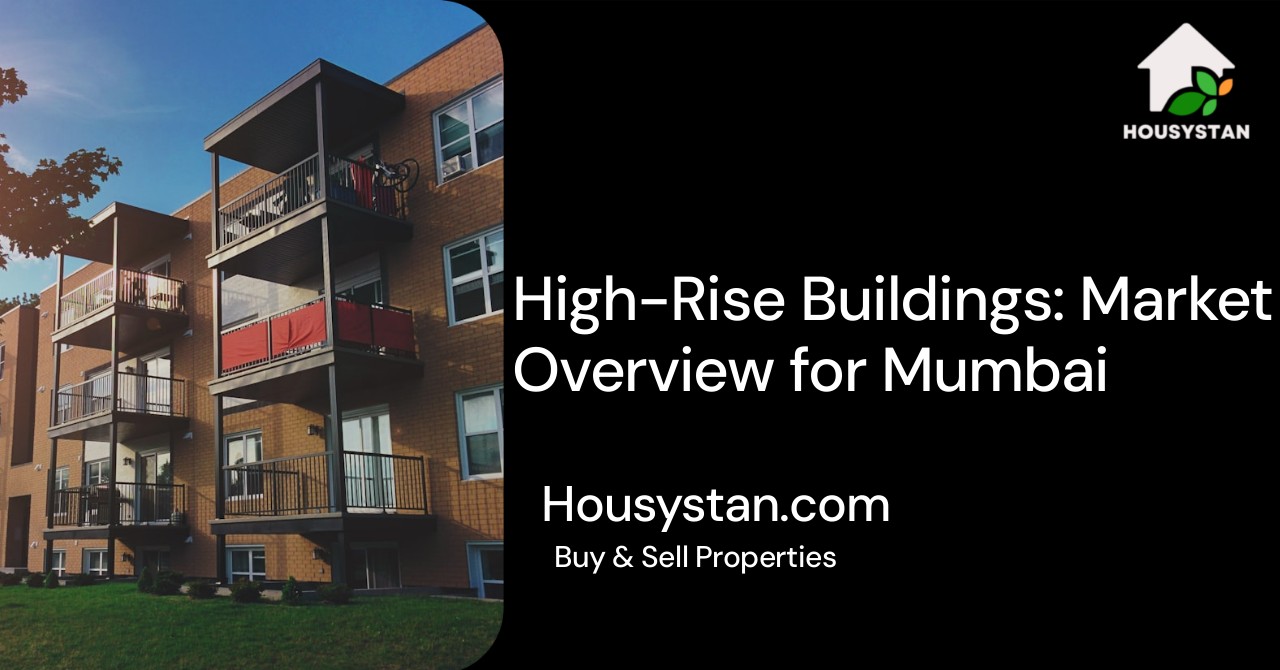High-Rise Buildings: Market Overview for Mumbai
Read latest blogs and articles from Housystan

The Information mentioned here was last updated on:
2/12/2025High-Rise Buildings: Market Overview for Mumbai
Mumbai, often known as the financial capital of India, showcases a dynamic skyline marked by iconic high-rise buildings. The city’s rapid urbanization and limited land resources have driven significant growth in vertical construction, making high-rise towers a defining feature of its real estate landscape. As demand for residential and commercial spaces continues to rise, developers are increasingly turning to skyscrapers to maximize space and offer luxurious amenities in prime locations.
The market for high-rise buildings in Mumbai is shaped by several factors, including population density, premium land prices, and evolving lifestyle preferences. Areas such as Lower Parel, Worli, Bandra, and Andheri have witnessed a surge in tall residential and commercial complexes, attracting both local and global investors. These developments often feature advanced safety systems, energy-efficient designs, and state-of-the-art facilities, appealing to professionals, families, and businesses seeking upscale environments.
- Verified Tenants/Buyers
- Unlimited Property Listing
- Zero subscription/charges fee
Government policies and infrastructure improvements, such as the Mumbai Metro expansion and coastal road projects, further boost the appeal of high-rise developments. Enhanced connectivity and better access to commercial hubs make these locations desirable for homebuyers and entrepreneurs alike. Additionally, the influx of multinational companies and growing employment opportunities fuel the need for modern office spaces within high-rise towers.
With a focus on sustainable architecture, many builders in Mumbai now incorporate green building techniques and smart technologies. These innovations not only reduce environmental impact but also lower operational costs, adding value for residents and investors. As the city’s skyline transforms, high-rise living becomes synonymous with prestige, convenience, and urban sophistication.
In summary, Mumbai’s high-rise building market continues to thrive, driven by strong demand, strategic locations, and advanced construction methods. Whether for residential or commercial purposes, investing in skyscrapers in Mumbai offers significant potential for appreciation, making it an attractive choice for individuals and businesses looking to be part of the city’s vibrant future.